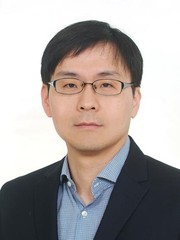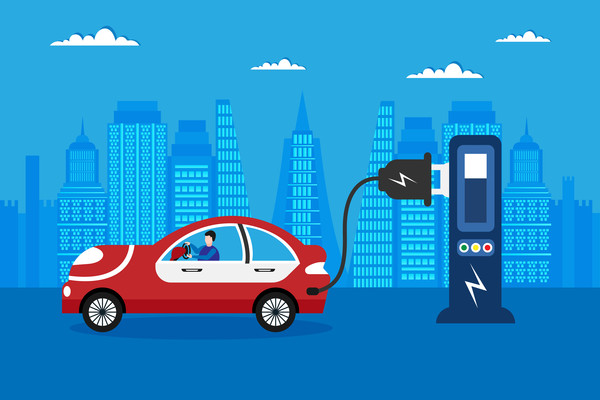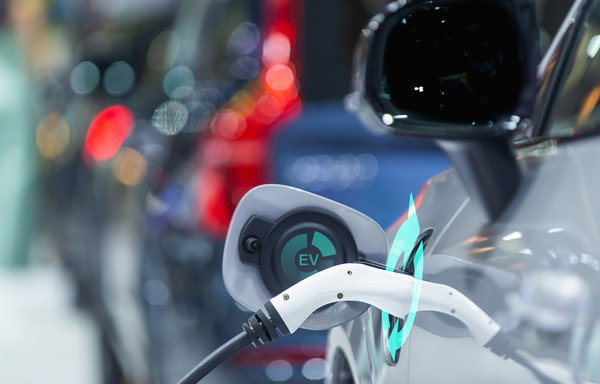Domestic sales of 사설토토 cars are expected to surpass 100,000 units and exceed 200,000 units next year
There are many problems for the growth of 사설토토 car industry; charging infrastructure and production cost reduction
Domestic technology and professionals need to be grown for the expansion of the 사설토토 vehicle industry
Domestic sales of electric cars surpassed 100,000 units this year, marking the beginning of a full-fledged "electric vehicle heyday." Annual sales, which were around 10,000 units in 2017, exceeded 150,000 units last month after hitting 80,000 units last year, doubling from last year. Despite the sluggish domestic market for automobiles, sales of electric vehicles are steadily increasing, and the industry predicts that they will easily exceed 200,000 units next year. In addition to the cause of the revival of electric vehicles, we interviewed Yoon Sang-won, a professor of Department of Automotive Engineering, about the direction of the electric vehicle industry.

The main reasons for the popularity and revival of electric vehicles are the interest in eco-friendly environment and the improvement of technology. Regarding the reason for the growth of the electric vehicle industry, Professor Yoon said, "As carbon neutrality and environmental regulations have been strengthened around the world, eco-friendly cars are also drawing attention. In addition, the technology has been advanced due to the efforts apply batteries, motors, and inverters, which are usually applied in home appliances, to automobiles."
At the beginning of this year, the Ministry of Environment increased the target ratio of pollution-free vehicles supply to 8~12%, up from 4~10% last year, to expand the number of pollution-free vehicles to 500,000 cumulative. Due to this "low-pollution vehicle supply goal system," Hyundai Motor and Kia, which have more than 100,000 units sold annually, must achieve 12% and 8% for companies that sell more than 20,000 units. Failure to achieve the goal amount will result in a contribution, which is a fine.
In order to achieve carbon neutrality, each country is making efforts to increase the number of electric cars supplied. There are several difficulties that the domestic automobile industry must overcome to meet this trend. First, electric vehicles are more expensive to produce than internal combustion locomotives. As a result, electric vehicles will be priced 1.8 to 4.1 times more expensive than internal combustion locomotives. Professor Yoon said, "If technical maturity increases, costs can naturally decrease," adding, "If production increases as it goes to an economy of scale, costs will decrease, but subsidies will be needed for the time being because costs will not fall sharply in a short period of time."

In addition, the problem of charging electric vehicles is constantly being pointed out. This is because the supply speed of fast chargers for electric cars is slower than the rapidly growing number of electric cars. Professor Yoon said, "In apartments and residential areas, they usually charge after work. Due to the overlapping of charging times, a lot of electricity is required in an instant." Accordingly, it is necessary to efficiently distribute the number of charging stations and chargers.
In case of hybrid cars that were commercialized before 사설토토 cars, charging problems were not noticeable as they shared charging infrastructure with general internal combustion locomotives. On the other hand, various problems related to charging are being raised because charging infrastructure of 사설토토 vehicles is different from pre-existing vehicles.
Along with the heyday of domestic electric vehicles, sales of Hyundai Motor and Kia are close to 97% of the total number of sales, and the "focus" on certain companies is also more prominent than the internal combustion locomotive market. As a result, three of the other Korean automakers (Renault Korea Motors, Ssangyong Motor, and GM Korea) have to make contributions because they did not meet the "mandatory ratio standard for electric vehicles" to achieve the goal of supplying pollution-free cars.

There is also a critical view regarding subsidies. According to the Korea Automobile Association, 44.77 billion won, more than half of the total electric vehicle subsidies paid by the Korean government, was paid to U.S. electric vehicle companies such as Tesla. Professor Yoon said, "Not only are there not many domestic automobile manufacturers left, but there are not many options for electric vehicles for consumers, Though the subsidies seems to be paid more to Tesla than domestic companies, we have to wait and see as it is yet the early stage of market."
Professor Yoon cited internalization of technology and growth of professional manpower as factors for the further expansion of the Korean electric vehicle industry. In some cases, parts needed to produce electric vehicles are developed in Korea, but there are parts that import all of them. Therefore, companies should constantly strive for internalization and localization of technology. In addition to establishing strategies on the part of such companies, policy support such as subsidies for the government's expansion of related infrastructure is also needed. Professor Yoon added, "If there are no experts in technology and production, technology development will eventually be delayed," adding, "As training related personnel is emerging together as an important issue, I hope students be interested in the electric vehicle industry and build knowledge to move forward to the field."

 '한양위키' 키워드 보기
'한양위키' 키워드 보기